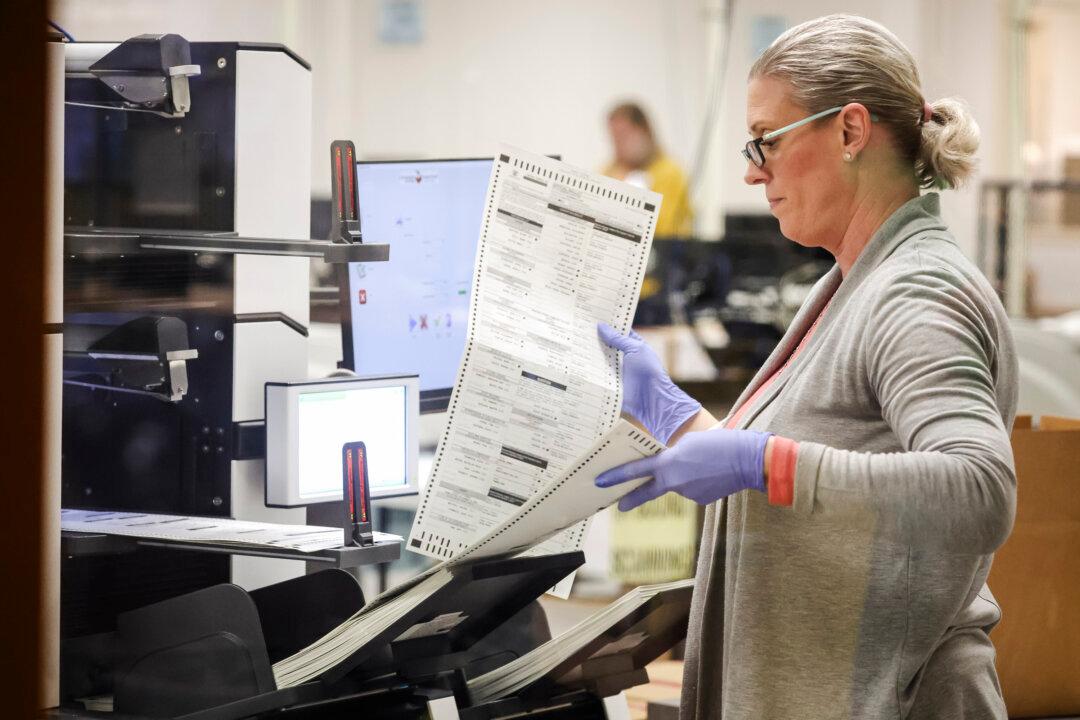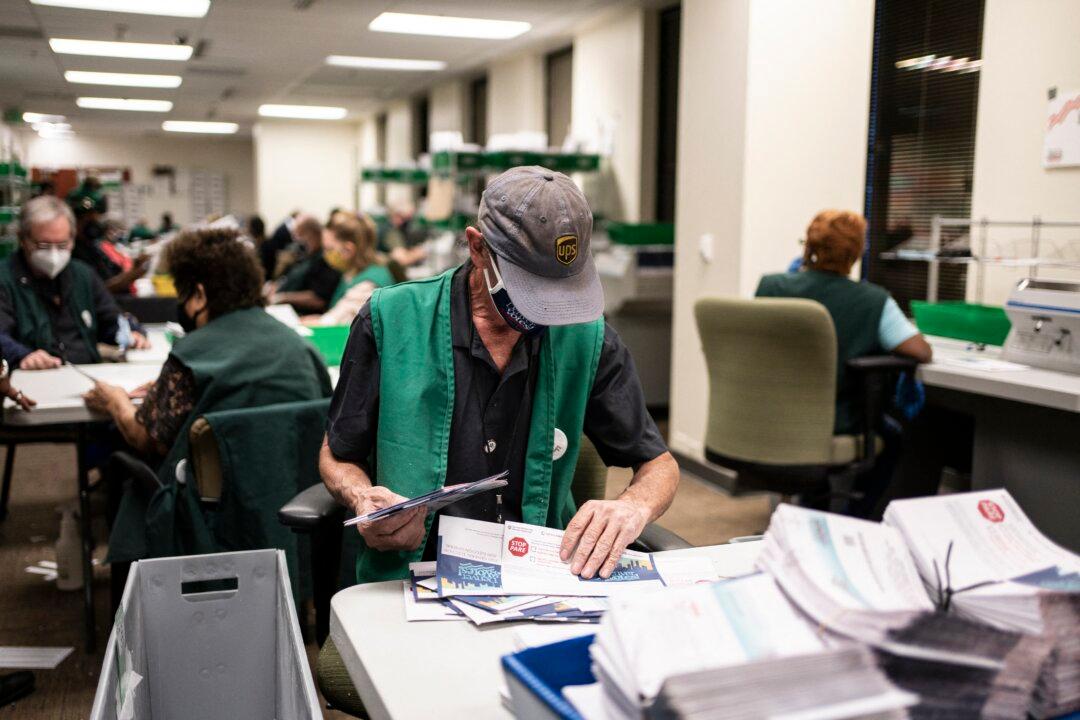Will there be a supernova in the next 50 years that is visible from Earth?
Yes, astronomers with Ohio State University say.
The odds are nearly 100 percent that a supernova visible to telescopes in the form of infrared radiation will happen in the Milky Way in the next 50 years, new data analysis shows. The astronomers discovered the probability by using a simulation of supernova positions and modern dust models.
The odds are much lower—depending on where you are, 5 to 50 percent—that the spectacle would be visible to the naked eye in the nighttime sky, the astronomers wrote in the study announcement.
Astronomers would definitely be able to see the supernova with high-powered infrared cameras, and the sight would be unprecedented.
Astronomers would have a chance to detect the supernova fast enough to witness what happens at the very beginning of a star’s demise, something that’s never been done. Typically, only remnants of supernova are captured in images.
A massive star “goes supernova” at the moment when it’s used up all its nuclear fuel and its core collapses, just before it explodes violently and throws off most of its mass into space.
“We see all these stars go supernova in other galaxies, and we don’t fully understand how it happens. We think we know, we say we know, but that’s not actually 100 percent true,” said Christopher Kochanek, professor of astronomy at Ohio State. ”Today, technologies have advanced to the point that we can learn enormously more about supernovae if we can catch the next one in our galaxy and study it with all our available tools.”
Actually witnessing a supernova could prove or disprove associated theories that have thus far only been figured out using computer models and calculations.
“Every few days, we have the chance to observe supernovae happening outside of our galaxy,” said doctoral student Scott Adams. “But there’s only so much you can learn from those, whereas a galactic supernova would show us so much more. Our neutrino detectors and gravitational wave detectors are only sensitive enough to take measurements inside our galaxy, where we believe that a supernova happens only once or twice a century.”
The astronomers have published their findings in an issue of The Astrophysical Journal.
Supernovas are often seen in other galaxies but are difficult to see in our own Milky Way galaxy because of dust blocking the view.
“Despite the ease with which astronomers find supernovae occurring outside our galaxy, it wasn’t obvious before that it would be possible to get complete observations of a supernova occurring within our galaxy,” said Adams. “Soot dims the optical light from stars near the center of the galaxy by a factor of nearly a trillion by the time it gets to us. Fortunately, infrared light is not affected by this soot as much and is only dimmed by a factor of 20.”
By balancing all the factors, the astronomers determined that they have nearly a 100 percent chance of catching a prized Milky Way supernova during the next 50 years.
Additionally, the astronomers incorporate the fact that supernovas issue neutrinos immediately after the explosion starts, but don’t brighten in infrared or visible light until minutes, hours, or even days later.
Adams explains the findings more in the video below.
Supernova Exploration
NASA, using the Chandra telescope, has discovered the remains of multiple supernovas that exploded in the Milky Way, including on of those that are pictured, the Cassiopeia A, the youngest remnant in the galaxy.
“The blue, wispy arcs in the image show where the acceleration is taking place in an expanding shock wave generated by the explosion,” according to the Harvard-Smithsonian Center for Astrophysics. “The red and green regions show material from the destroyed star that has been heated to millions of degrees by the explosion. Although observers at the time didn’t notice this supernova, astronomers today have detected its light echoing through the galaxy 400 years after the fact.”
Scientists study supernovas to learn about the universe, according to NASA. For instance, one kind of supernova has shown that our universe is expanding, growing at an ever increasing rate.
Below, see an artist’s conception of a binary star system that produces recurrent novae, and ultimately, the supernova PTF 11kx.





